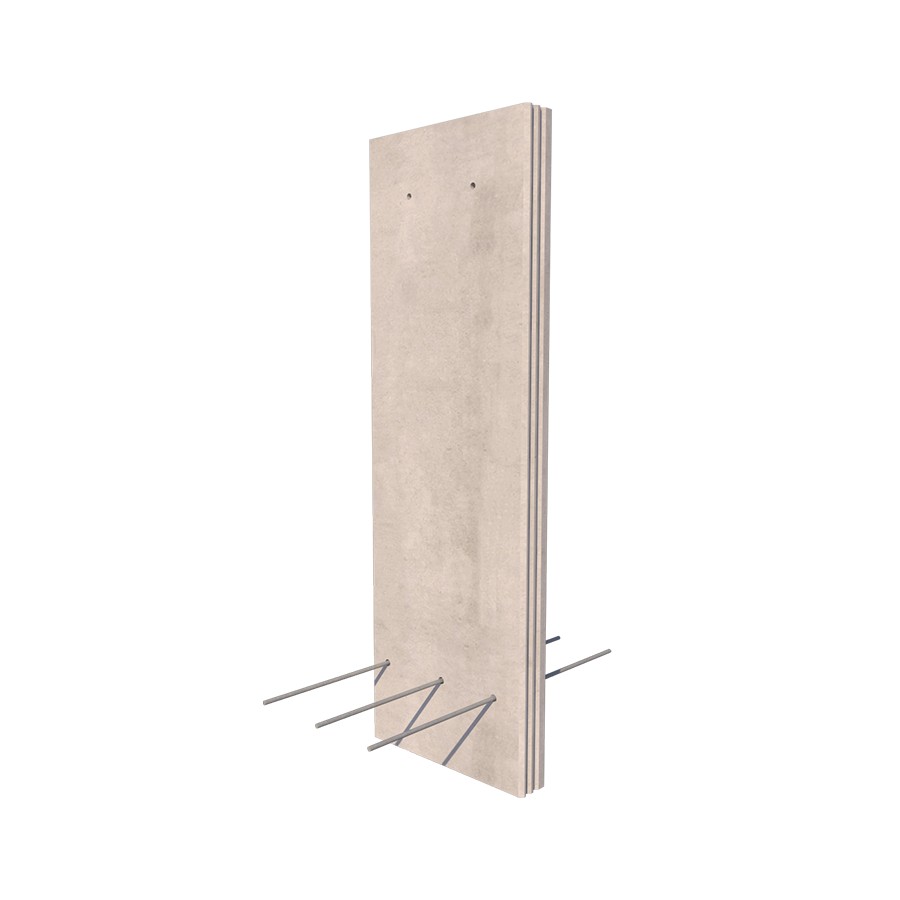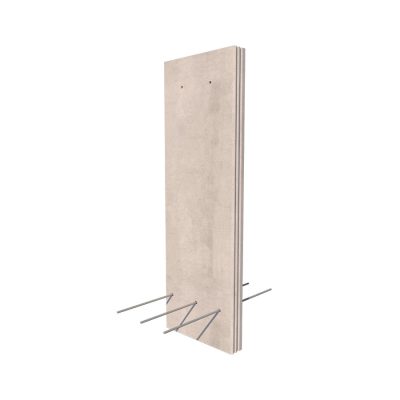Considering precast concrete for your project tips, Construction guide, Property tips
Considering Precast Concrete for Your Project
13 October 2021
The Top Factors You Should Think about When Considering Precast Concrete for Your Project
You may already have a good knowledge of precast concrete and what it can do for your project in terms of your schedule, your efficiency, your savings on expenses, and more. But whilst everyone can agree that precast concrete will always have its merits, there are some critical factors you would have to think about in terms of whether you should cast it yourself or have it cast in a factory by a manufacturer. In addition, there are other considerations, such as the installation process and what you need and how you can properly connect the different precast components or elements. So, if you are considering precast concrete for your project, below are the answers you are looking for – and how you can do it right.
Should you cast it on-site or have it cast in a factory setting?
You can always choose to do the precasting process yourself in your site or near your construction site, or in a casting yard. On the other hand, you can opt for factory casting, which a provider and manufacturer often do in their facility, such as JP Concrete, renowned for its king post wall and other precast concrete wall and component selection. Here’s one aspect that can influence your decision, however: the cost of transport. Factory-produced precast concrete will often be of higher quality than concrete cast on your site or in a nearby location, so if you can find a provider with a factory or facility close to your worksite, it would make more sense to use it their services.
If you opt to use a casting yard or your site, you must make sure to layout sufficient space for various activities. For example, you need to store your raw materials, and it includes everything from cement to sand, aggregate, water, admixtures, bars (for reinforcement), and plywood or steel sheets for the forms.
You will also have to have enough space for making the forms and maintenance, and you need to have access to a concrete mixer or mixing plant. Aside from this, you would need to have rebar cages for steel reinforcement for the concrete, and you need areas for casting, curing, and stacking (for the finished elements or components).
What is involved in the installation?
Once you have decided whether to opt for site or factory casting, you should install the precast concrete components. Needless to say, it can come with risks, so it’s best to be well-prepared for it with the proper equipment (such as cranes) and workers who can work from a height. Think carefully about taking safety measures against various risks upon receiving the precast concrete, moving it, and placing each unit.
Your primary considerations should be the sequence and method of erection and assembly, the method of creating temporary support structures, and your structural and joint connections. Be careful about determining your rigging and handling requirements, establishing tolerances, and making sure your site is accessible for storage and delivery. Establish the capacity of the cranes and the clearance you need for hoisting the units, and take measurements to confirm the critical dimension accuracy. Inspect each team for any defect, and evaluate the conditions and locations of lifting the units or components for hoisting.
Image attributed to JPConcrete.co.uk
https://www.jpconcrete.co.uk/vertical-cantilever-retaining-wall/
Comments on this guide to considering precast concrete for your project article are welcome.
Building Tours Selection
British Architectural Walking Tours
Danish Architecture Walking Tours
Dutch Architectural Walking Tours
Comments / photos for our Electric boilers of Tenko Smart series advice article welcome

